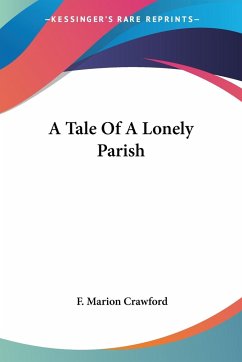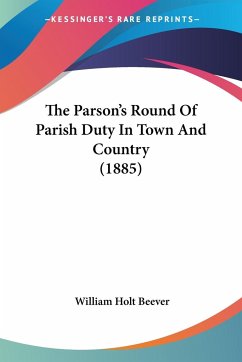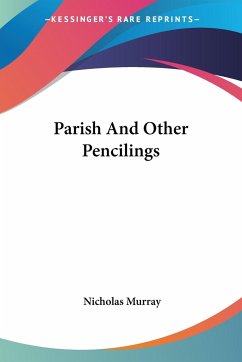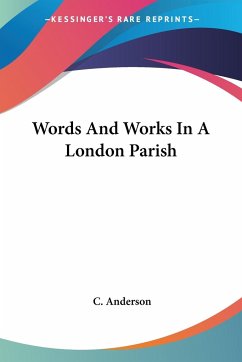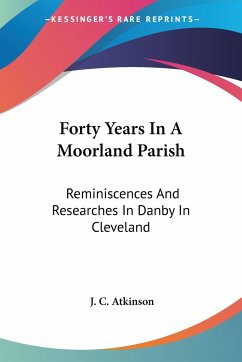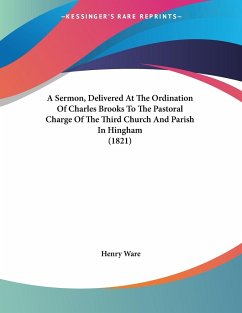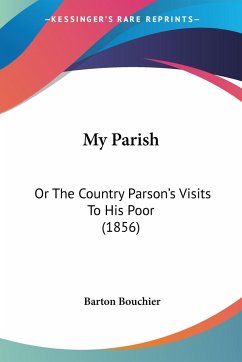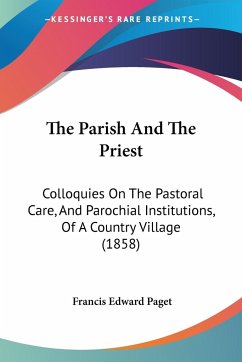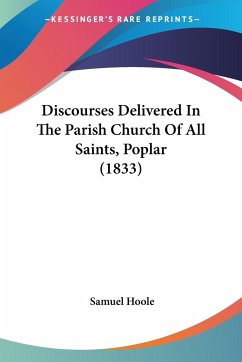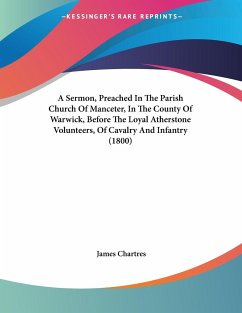Francis Marion Crawford was an American writer best known for his numerous books, particularly those set in Italy, as well as his famous odd and magical stories. Crawford was born in Bagni di Lucca, Grand Duchy of Tuscany, on August 2, 1854. He was the only son of Thomas Crawford, an American sculptor, and Louisa Cutler Ward. His sister was writer Mary Crawford Fraser (also known as Mrs. Hugh Fraser), and he was the nephew of American poet Julia Ward Howe. Following his father's death in 1857, his mother remarried Luther Terry, with whom she bore Crawford's half-sister, Margaret Ward Terry, who eventually married Winthrop Astor Chanler. He attended St Paul's School in Concord, New Hampshire, followed by Cambridge University, the University of Heidelberg, and the University of Rome. In 1879, he traveled to India, where he studied Sanskrit and worked as an editor for the Allahabad Indian Herald. After returning to America in February 1881, he spent a year studying Sanskrit at Harvard University and two years contributing to numerous publications, most notably The Critic. Early in 1882, he formed a long-time acquaintance with Isabella Stewart Gardner.
